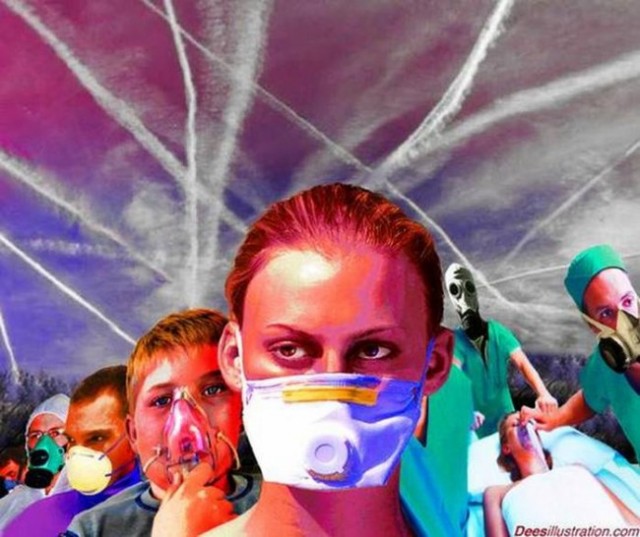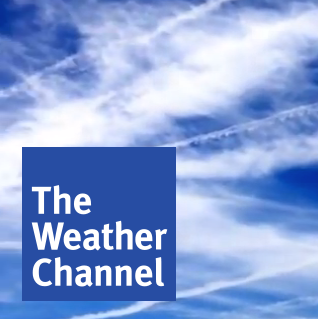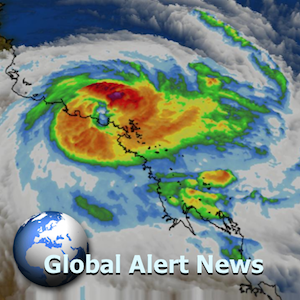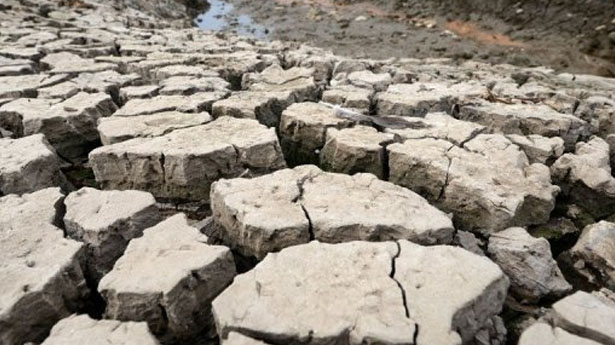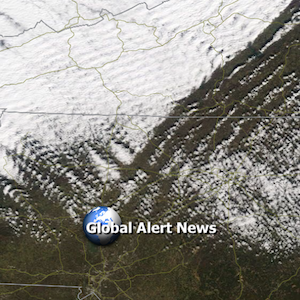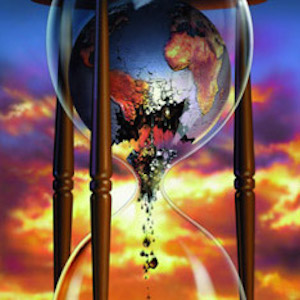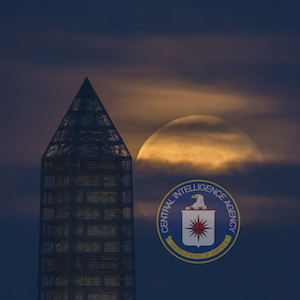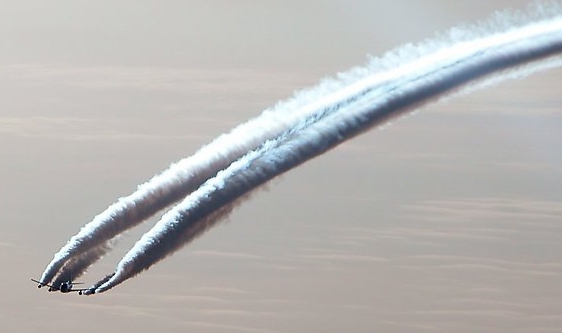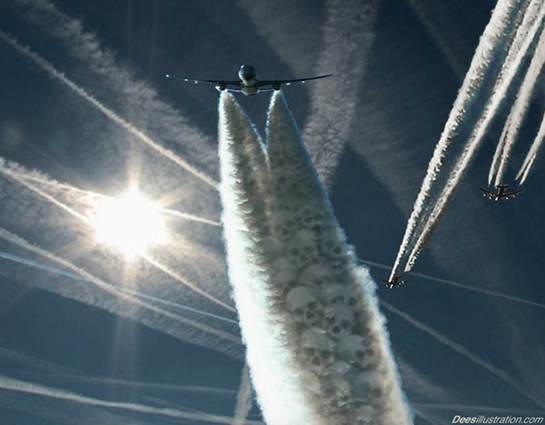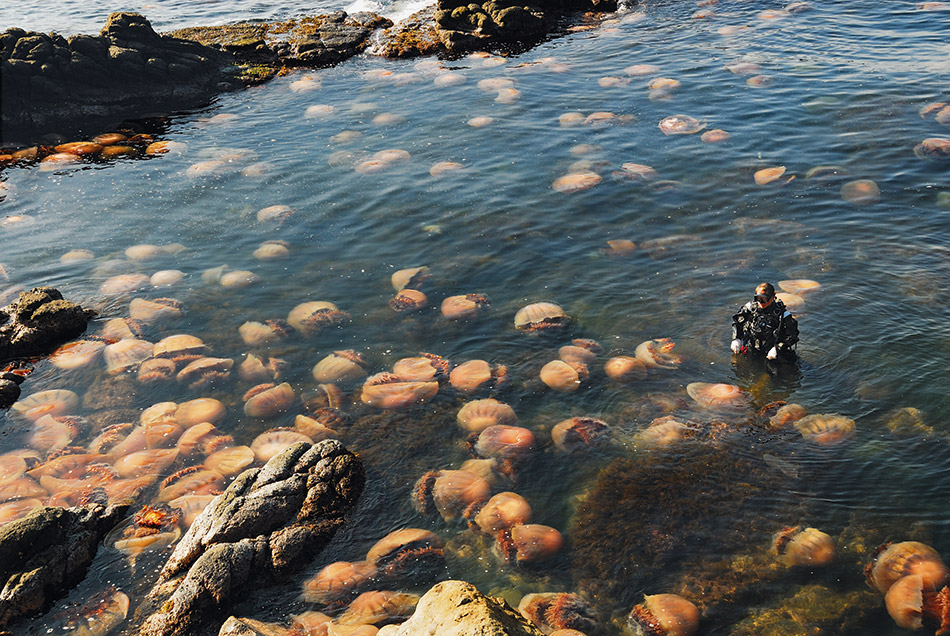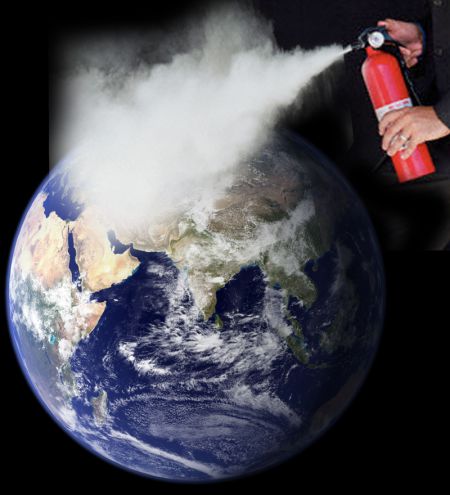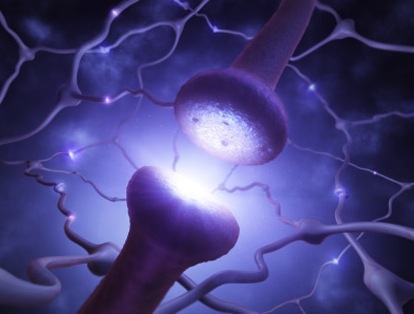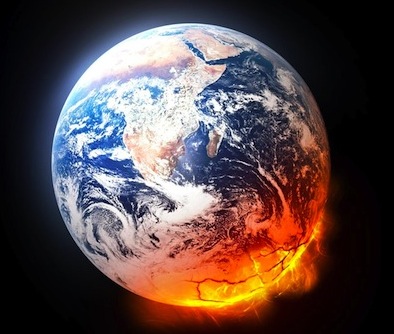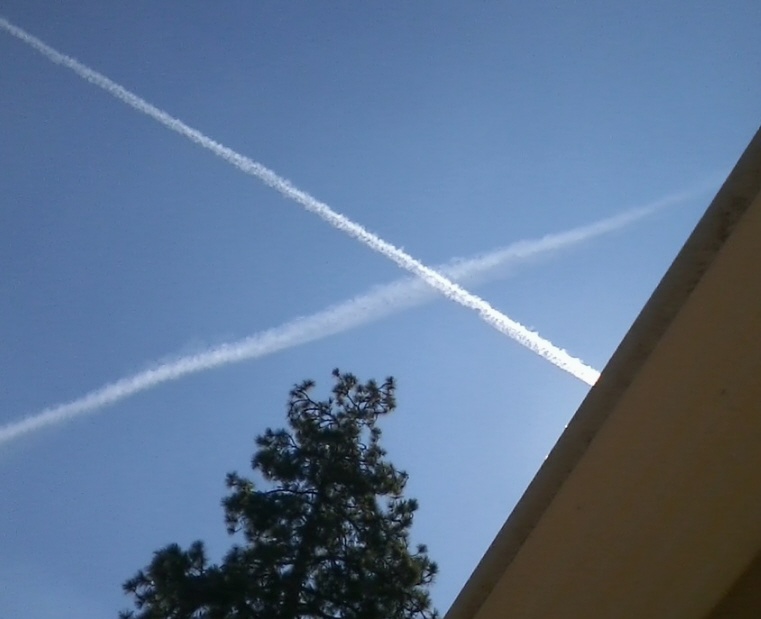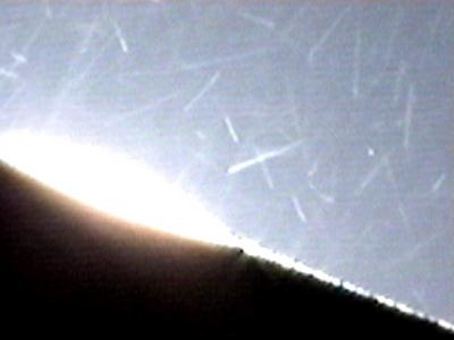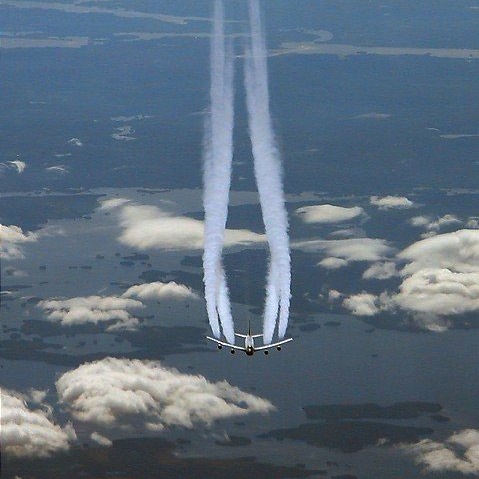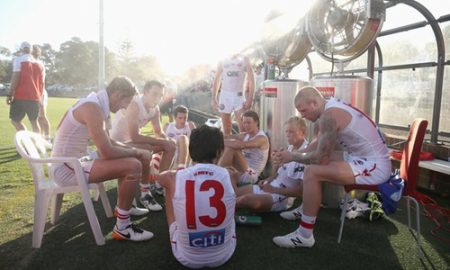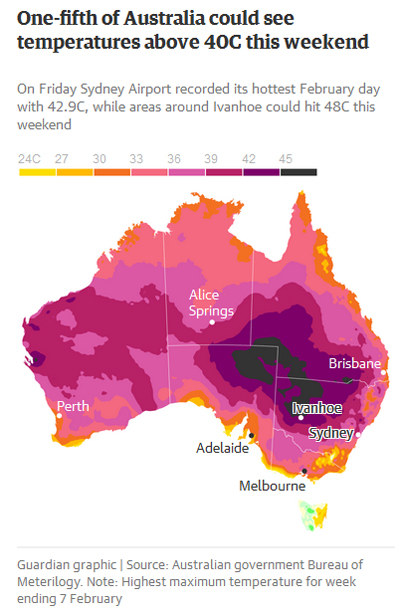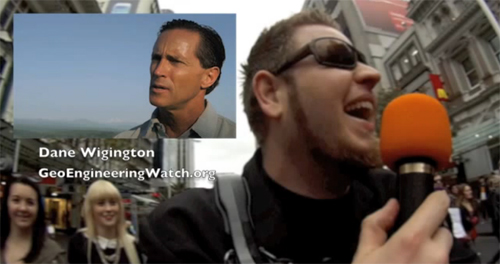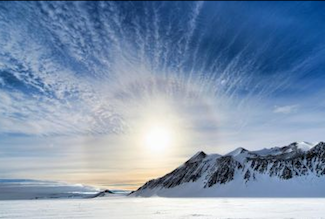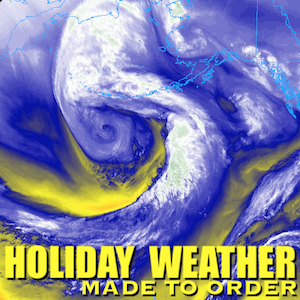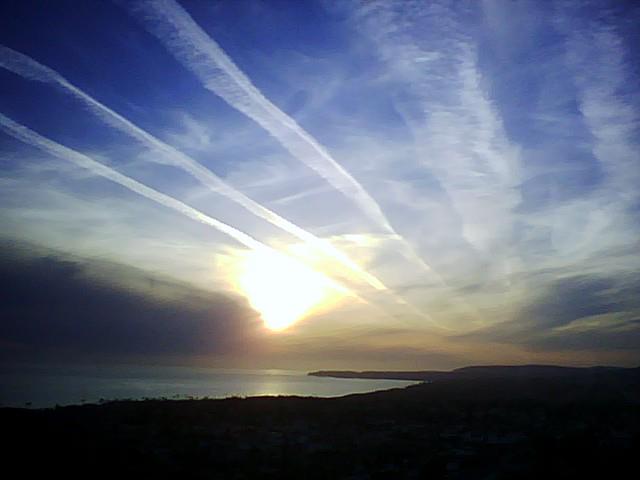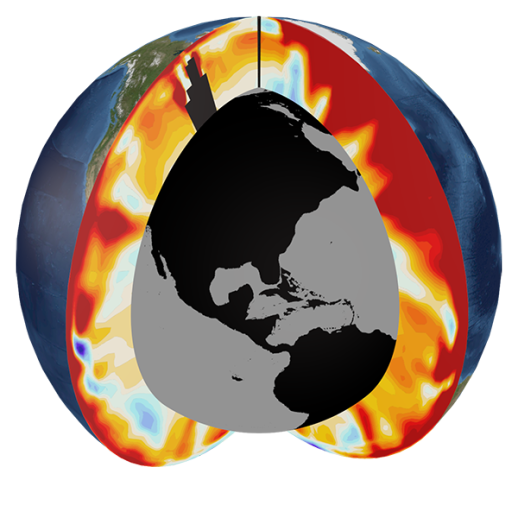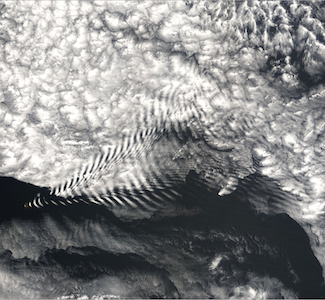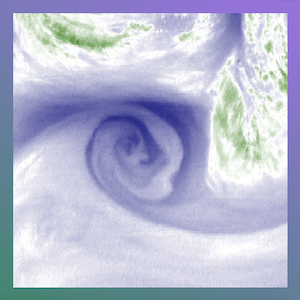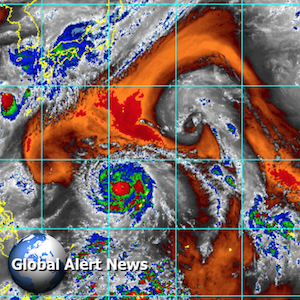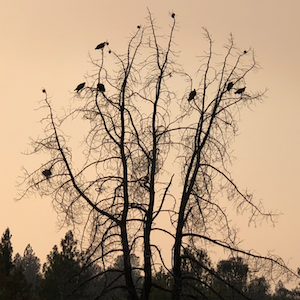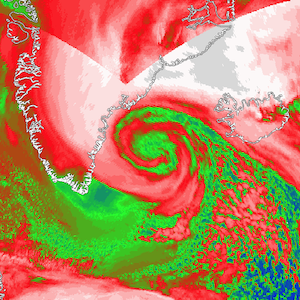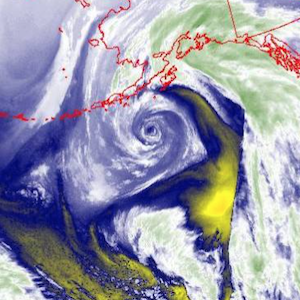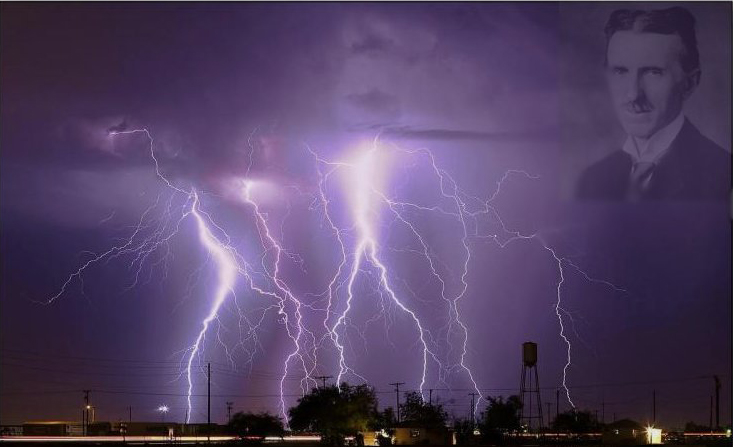Source: The Guardian
NSW and Queensland brace for hottest February day on record, putting paramedics on high alert.
New South Wales is expected to experience its hottest February day on record this weekend with emergency services on high alert for catastrophic fire conditions.
A state-wide total fire ban has been declared for Saturday as the mercury was set to soar past 40C.
“If you’re a little bit inland from the coast in Sydney or the Hunter district, you’ll experience probably mid-40s,” senior forecaster at the Bureau of Meteorology Andrew Haigh said. “That goes for anywhere west of the ranges as well.”
The state’s north-west was set to cop the brunt of the extreme heat with Wilcannia, Ivanhoe, Bourke and Menindee forecast to reach 47C on Saturday.
In the Hunter region, Singleton and Cessnock were predicted to reach 46C and 43C on Sunday.
The Rural Fire Service has warned of a potential “catastrophic” fire danger warning on Sunday largely around the Hunter, from the coast, mid-north coast, out through the Central Tablelands, the top end of the greater Sydney region and out to the central west.
The RFS urged residents to have their bushfire survival plans ready. The sizzling conditions will also continue to push the state’s energy network to limit with demand for power among the highest on record.
NSW managed to dodge widespread power blackouts on Friday despite demand reaching unprecedented levels as temperatures reached 45C in western Sydney and 47.4C in the western Riverina town of Hay.
The stress on the system was set to persist over the weekend, the Australian Market Energy Operator said, and it warned residents to be mindful of their electricity use.
Sydney will get no relief over the weekend with the city forecast to reach 39C on Saturday, and the west to reach the mid-40s.
The state’s Forestry Corporation closed all forests between Sydney and Kempsey in the state’s north, along with forests in the Pilliga region and the Talleganda state forest on the Southern Tablelands.
Saturday’s Randwick races were postponed to Monday due to concerns about the welfare of horses and riders.
Newcastle’s A-League soccer match against Melbourne Victory was postponed until Monday, while Football NSW cancelled all Saturday trial games for under-18s and below and shifted under-20s and first grade trials to evening start times.
NSW’s three NRL trial matches were set however to go ahead on Saturday evening, as was the Sheffield Shield clash between NSW and Queensland. Cricket NSW cancelled all grades of Premier Cricket, while most school and children’s sport has been cancelled.
With many people heading to waterways to cool off in the heat, parents were being urged to keep an eye on children following a tragic summer of drownings.
Health experts were reminding people to stay hydrated, wear sunscreen and look out for people most at risk, while NSW clubs said they would provide water and respite for vulnerable people.
People with asthma and other respiratory conditions were being urged to take caution with high air pollution levels predicted in Sydney. NSW Health issued the warning, saying high ozone levels were expected on Saturday, leading to poor air quality.
“Parents are advised to limit outside play for children with asthma,” NSW Health’s Ben Scalley said in a statement. “Ozone levels reach their peak about 7 in the evening and tend to be lowest in the morning, so it’s best to plan outdoor play in the morning when the day is cooler.”
Ozone pollution is caused by car exhaust and industrial fumes and gets worse on hot, still days, Scalley said.
The heatwave was also expected to push temperatures past 40C in southern Queensland. Heat records could tumble over the weekend, with a strong possibility that the state could record its hottest February day.
The weather bureau was forecasting temperatures in the mid-40s in the state’s south-west and a maximum of 36C in Brisbane on Saturday.
The heat was set to rise again on Sunday, with a maximum of 39C forecast for the capital. Temperatures could reach 46C in Birdsville, Queensland, on Saturday and Sunday, nudging the town’s February heat record of 46.2C and the Queensland record of 46.5C.
The sweltering conditions were set to push temperatures 10C past the February average, with paramedics urging people to keep hydrated to avoid becoming ill. They suggested swapping caffeinated drinks for water, eating small and regular meals and wearing light-coloured cotton clothing. “Heat-related illnesses have the potential to be life-threatening and may include heatstroke,” Queensland Ambulance Service spokesman, Lachlan Parker, said.
Those planning to crank up the air-conditioning were assured they could rely on Queensland’s power network, which was used to help NSW meet its power needs on Friday. “We have confidence in the Queensland power system, which is very robust,” the Queensland energy minister, Mark Bailey, said.
Gold Coast beaches closed due to dangerous swells on Friday are expected to reopen on Saturday morning.
Relief from the heat in the state isn’t expected until Tuesday following the arrival of a southerly change and trough from the south-west.
In South Australia relief from the heat may be in sight but the state’s energy woes are likely to persist with no immediate solution to boosting the reliability of electricity supply.
Adelaide and most of the state sweltered through another scorcher on Friday with the city hitting 40C and some regional centres pushing above 46C after similar highs on Wednesday and Thursday.
The state avoided blackouts for a second day in a row as the Bureau of Meteorology forecast slightly milder conditions for Saturday ahead of a more significant cool change on Sunday.
However, the south-westerlies that will blow through the state will do nothing to cool the debate over the state’s energy crisis.
The federal government continues to blame SA’s heavy reliance on renewables, which it says has left the electricity network wanting following the closure of the state’s last coal-fired power station last year.
But state energy minister Tom Koutsantonis says its the rules and mismanagement of the electricity market that’s the problem, and not the availability of power.
His government has vowed to go it alone and will detail its plans for “dramatic” intervention in the coming weeks.
When temperatures first soared in Adelaide on Wednesday about 90,000 consumers across the city and regional SA were unplugged as the Australian Energy Market Operator ordered load shedding to avoid damage to the network. A similar situation was avoided the following night with extra gas generation in SA brought online.
People in Victoria’s north have to suffer through one more day of 40C plus heat before a cool change brings relief.
Temperatures have been been scorching for residents in Mildura, who contended with a sticky night before the mercury reached 46C on Friday. Relief isn’t in sight yet, with the Bureau of Meteorology predicting the border town will reach 43C on Saturday. A cool change shifts the hot weather on by the evening.
The state’s northern towns and cities have been struck by a heatwave, with conditions mostly unchanged since Thursday. Albury Wodonga, Wangaratta and Echuca will see temperatures in the low 40s on Saturday before cooling down by Sunday.
State health commander Paul Holman has reminded Victorians to “remain vigilant” during the coming days, keeping an eye on elderly people and young children, who are less able to regulate their body temperatures in extreme weather.
Source: The Guardian










